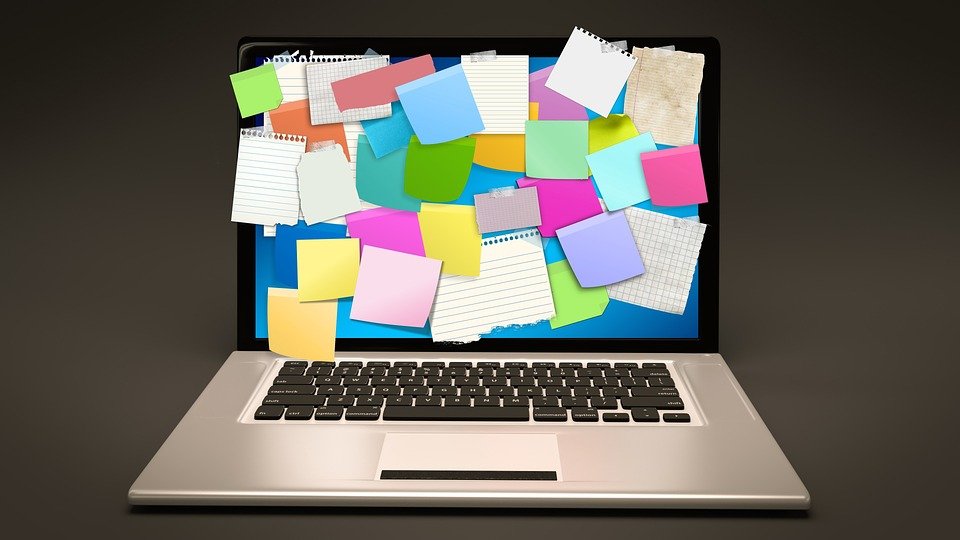Introduction
artificial intelligence (AI) has been revolutionizing various industries, and the art world is no exception. From paintings created by AI algorithms to music composed by AI systems, the boundaries of creative expression are expanding rapidly. This article explores the impact of AI on art, its potential for the future, and the ethical considerations surrounding the use of AI in creative fields.
The Rise of AI in Art
AI algorithms have the ability to analyze massive amounts of data, recognize patterns, and generate new content. These capabilities have led to the emergence of AI-generated art, challenging traditional notions of creativity. AI can create paintings, sculptures, music, poetry, and even films.
One notable example is the painting “Portrait of Edmond de Belamy” created by the AI algorithm developed by Obvious, a French art collective. The painting was sold at an auction for $432,500, sparking a debate about the value of AI-generated art in the art market.
AI as a Collaborative Tool
While some view AI as a threat to human creativity, others see it as a powerful tool for artists to explore new possibilities. AI can assist artists in generating ideas, enhancing their creative process, and pushing boundaries. Artists can use AI algorithms to experiment with different styles, techniques, and mediums, leading to innovative and unique artworks.
For example, musician Taryn Southern released an album called “I AM AI,” where she collaborated with AI algorithms to compose music. The result was an album that combined human emotions and creativity with the computational power of AI, creating a truly unique listening experience.
The Future of AI in Art
As AI continues to evolve, its role in the art world is expected to grow significantly. AI algorithms will become more sophisticated, enabling them to generate even more complex and original artworks. Artists will have access to powerful AI tools that can help them push the boundaries of their creativity.
Furthermore, AI can also assist in preserving and restoring artworks. By analyzing digital copies of deteriorating artworks, AI algorithms can generate accurate restoration guidelines, ensuring the preservation of cultural heritage for future generations.
Ethical Considerations
As AI becomes more prevalent in the art world, ethical considerations arise. One concern is the potential devaluation of human creativity and the loss of jobs for artists. However, many argue that AI should be seen as a tool that can augment human creativity rather than replace it.
Another ethical concern is the question of authorship. Who should be credited for AI-generated artworks? Should it be the artist who trained the AI algorithm or the algorithm itself? These questions challenge traditional notions of authorship and intellectual property rights.
FAQs
1. Can AI truly be creative?
While AI algorithms can generate new content, the debate about whether AI can be truly creative is ongoing. Some argue that true creativity requires human consciousness and emotions, which AI lacks. However, others argue that AI can exhibit creativity by generating unique and original content.
2. Will AI replace human artists?
No, AI is not expected to replace human artists. Instead, it is seen as a tool that can enhance and augment human creativity. AI can assist artists in generating ideas, exploring new possibilities, and pushing the boundaries of their art.
3. What are the benefits of using AI in art?
Using AI in art opens up new possibilities and allows artists to experiment with different styles, techniques, and mediums. It can also help in the preservation and restoration of artworks, ensuring their longevity for future generations.
4. How can AI-generated art be valued?
Valuing AI-generated art is a complex issue. While some argue that AI-generated art should be valued based on its aesthetic qualities and the level of human involvement, others believe that the value should be based on the uniqueness and rarity of the algorithm used to create the artwork.
5. What are the potential risks of AI in art?
One of the potential risks of AI in art is the devaluation of human creativity and the loss of jobs for artists. There are also concerns about the ethical implications of AI-generated art, such as questions of authorship and intellectual property rights.
6. How can AI enhance the art creation process?
AI can enhance the art creation process by assisting artists in generating ideas, exploring different styles and techniques, and pushing the boundaries of their creativity. It can also provide new perspectives and inspiration, leading to innovative and unique artworks.
7. Will AI-generated art ever be indistinguishable from human-created art?
While AI-generated art has made significant progress, it is unlikely to be indistinguishable from human-created art in the foreseeable future. Human creativity is deeply rooted in emotions, consciousness, and subjective experiences, which AI algorithms cannot fully replicate.
8. How can AI be used to preserve and restore artworks?
AI can be used to preserve and restore artworks by analyzing digital copies of deteriorating artworks. AI algorithms can generate accurate restoration guidelines, helping conservators in their efforts to preserve cultural heritage.
9. What is the role of AI in the art market?
AI has the potential to disrupt the art market by challenging traditional notions of value and authorship. The sale of AI-generated artworks has already gained attention, raising questions about the market’s perception and acceptance of AI as a creative force.
10. What does the future hold for AI in art?
The future of AI in art is promising. As AI algorithms continue to advance, they will become more sophisticated and capable of generating even more complex and original artworks. Artists will have access to powerful AI tools that can assist them in pushing the boundaries of their creativity and exploring new artistic possibilities.

